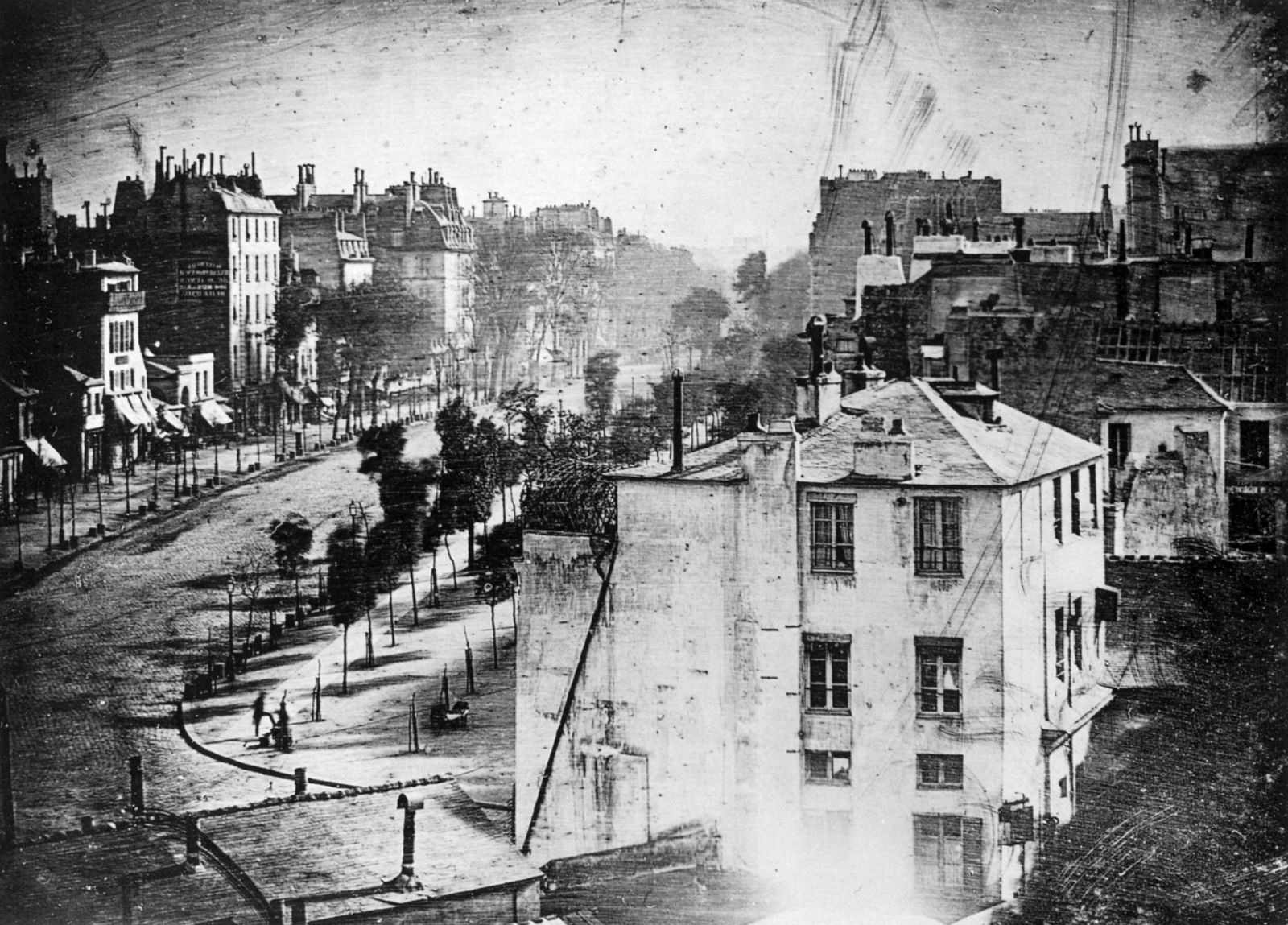History Of Photography Quiz
- ISO 12232
- ISO 5800
2.
You may optionally provide this to label your report, leaderboard, or certificate.
×
Thank you for your feedback!
















